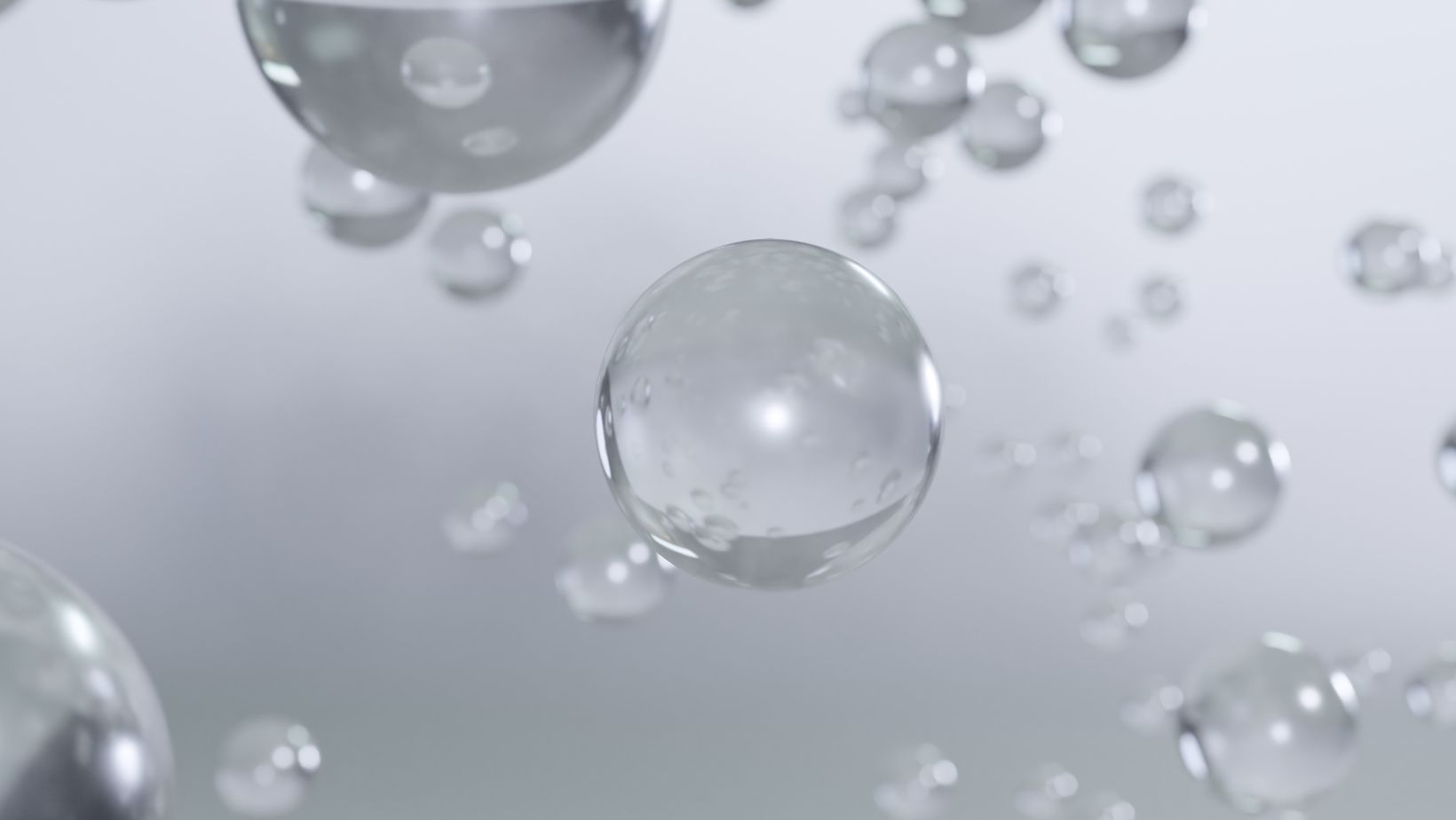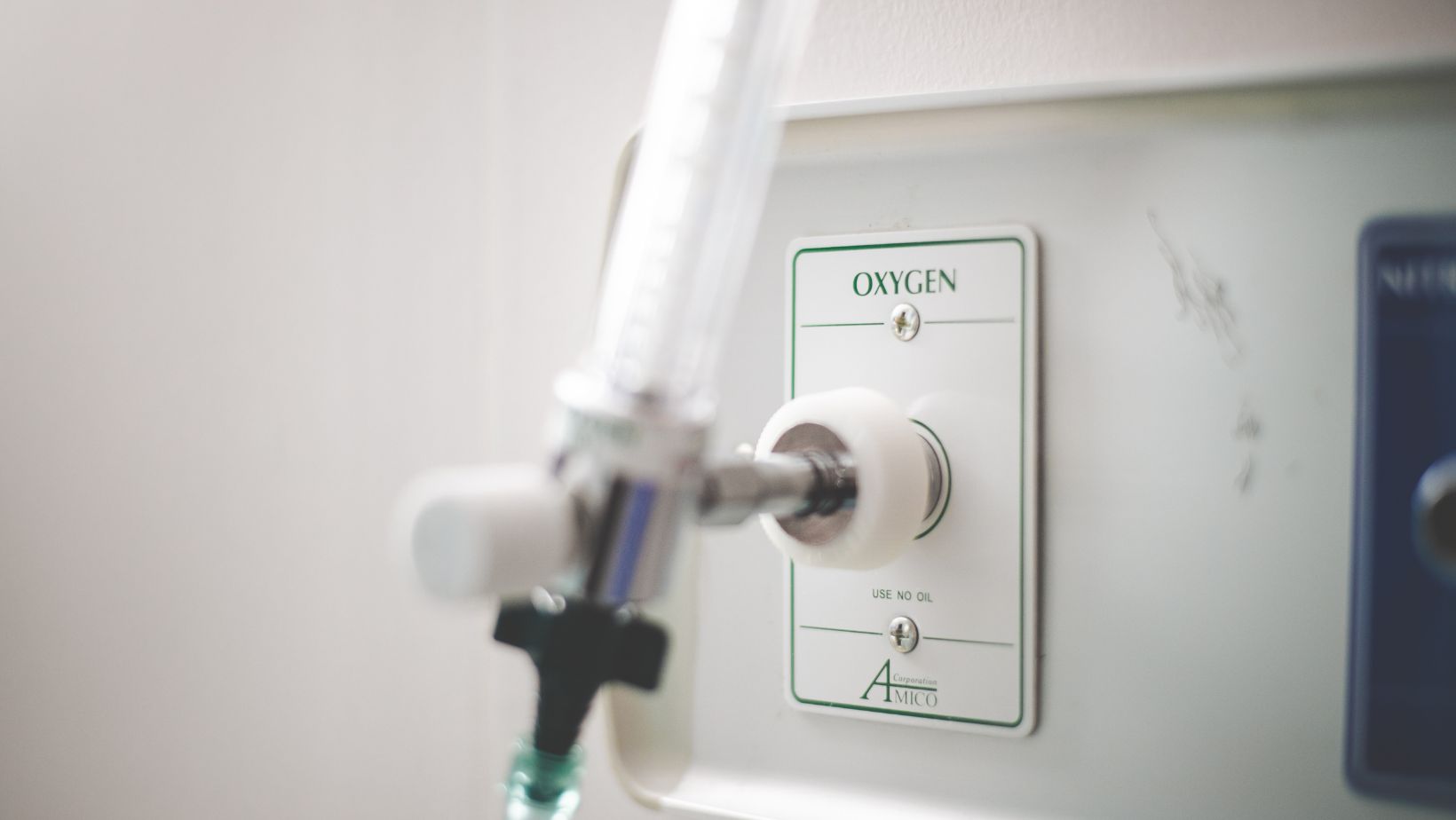Many people have specific health problems that interfere with their lives. They have a negative impact on mood, can be chronic, and cause pain. Oxygen therapy is a widely recognized treatment method. It is a medical treatment that increases oxygen levels in the body. Oxygen enters the blood, cells, and tissues of the human body. Thanks to its saturation, the human body can regenerate and recover.
There are several types of oxygen therapy that have their own advantages. They are usually used according to the patient’s condition and general needs. The doctor examines the person and prescribes the type of therapy and the number of procedures. Maintaining oxygen levels in the human body is very beneficial. Pressurized oxygen has a positive effect on skin repair and regeneration. Familiarizing yourself with the types of therapy will help you choose the best one for you.
What Are the Different Types of Oxygen Therapy?
Oxygen therapy helps many people overcome illnesses. It is ideal for people who have chronic breathing problems with wounds and for general health. Understanding the different types of oxygen therapy can help determine the best one for you. Each type is designed for specific medical needs that are prescribed by a doctor. Here are its main characteristics:
- Standard oxygen therapy. The most common and most used therapy is standard. It is used for people who have chronic lung disease or pneumonia. Often, patients are unable to breathe on their own and have health problems. During this therapy, oxygen is delivered to the person through special tubes for a greater intake. Specialized face masks are also used for comfort. Pneumonia oxygen therapy in the standard format helps to restore health.
- Hyperbaric oxygen therapy. During this therapy, patients inhale pure oxygen in a pressurized chamber, and the oxygen goes directly into the blood and tissues of a person. Hyperbaric oxygen therapy is particularly suitable for people with chronic wounds and traumatic brain injuries.
- Moderate hyperbaric oxygen therapy. Moderate therapy is considered a form of hyperbaric treatment. Usually during it, oxygen enters the human body at a moderately elevated pressure. It is safe and affordable for many people. Oxygen dissolves better in the blood and penetrates all body tissues. This therapy is ideal for recovery from injuries and improves brain function. Moderate hyperbaric therapy is effective for the immune system and energy levels.
- Liquid oxygen therapy. The types of oxygen therapy include liquid oxygen therapy. This method is effective and is used at low temperatures. Usually, this therapy is prescribed for people who need oxygen assistance directly at home. For this therapy, a portable hyperbaric chamber is used that can be placed at home.
- Therapy for sports and health. The therapy is also helpful for people who care about their health. Typically, oxygen therapy can help athletes recover from injuries. The therapy is also aimed at restoring and improving skin elasticity.
Hyperbaric Oxygen Therapy vs. Mild Hyperbaric Oxygen Therapy
The oxygen chamber should be aimed at your needs. The oxyhealth hyperbaric chamber is a good choice for people who care about their condition and want to be healthy. Often, mild hyperbaric oxygen therapy can have a positive effect on tissue repair. Therapy is excellent for recovering from injuries and improving overall health and immunity. It is essential to distinguish between therapies and what they are aimed at.
Hyperbaric oxygen therapy:
- Usually, high pressure is used to increase the supply of oxygen. It can reach from two to three absolute atmospheres in the chamber.
- Hyperbaric oxygen therapy is used in severe cases. Most often, these are unhealed wounds and decompression sickness. Oxygen is supplied to the tissues and cells of the human body for rapid recovery. This therapy is used to support recovery after stroke and traumatic brain injury. It is an ideal tool for combating severe infections and burns. It becomes possible to do hyperbaric wound care due to the high oxygen supply.
- Hyperbaric oxygen therapy is carried out exclusively in medical institutions. Doctors supervise patients and can adjust the chamber from time to time.
- It has a higher treatment cost and is also expensive.
Mild hyperbaric oxygen therapy:
- Uses a lower pressure of one to one and a half atmospheric pressure. Moderate therapy can benefit people seeking recovery and improve their general condition.
- Mild therapy uses oxygen-enriched air. It usually reaches about 30-40%, depending on the chamber.
- Moderate therapy is used in milder cases for general well-being. It is ideal for eliminating fatigue and restoring muscles after physical exertion. Therapy is a good way to improve cognitive abilities and maintain brain function. Mild therapy helps reduce chronic inflammation and feel good. It is also used to support the human immune system.
- Mild hyperbaric oxygen therapy is available for home use. This therapy is considered safer because it has a lower level of pressure and is effective.
- Hyperbaric oxygen therapy price in using mild therapy is inexpensive.
Pneumonia Oxygen Therapy and Its Uses
Pneumonia is a serious respiratory condition that affects the lungs. A lung infection causes inflammation and fluid buildup. It is impossible to cope with this disease without additional medical care. Oxygen therapy helps improve a person’s condition and supports respiratory function. Here are the primary uses of pneumonia oxygen therapy:
- Increasing oxygen levels helps a person breathe. Oxygen therapy maintains the proper level of acidity in the body.
- Oxygen is an integral part of addressing respiratory issues. While the lungs are healing, a person can feel comfortable.
- Oxygen helps prevent overstrain in the heart and helps avoid organ failure.
- Oxygen improves the functioning of essential organs in human life.
Specialized equipment is used to increase the supply of oxygen to the human body. Oxygen is delivered through nasal cannulas or tubes. A special mask with a high concentration of oxygen is also used. Mechanical ventilation of the lungs is used for severe forms of pneumonia.
Anaerobic vs Aerobic Respiration: How Oxygen Affects the Body
Anaerobic vs aerobic respiration is often compared, with their advantages and differences. For humans, breathing is essential for life. There are two types of respiration that differ in oxygen. Here is the main difference:
| Anaerobic respiration | Aerobic respiration |
|
|
Portable Hyperbaric Chamber vs. Clinical Hyperbaric Chamber
Portable hyperbaric chambers, as well as clinical, have their advantages. They are designed to help people fight diseases and improve their health conditions. Both options provide oxygen therapy under pressure, but they have distinct characteristics. The main characteristics will help you evaluate the advantages of the two chambers. Here are their main differences:
Portable hyperbaric chamber:
- A portable chamber usually has a lower absolute atmosphere and supplies ambient air. The ambient air is saturated with additional oxygen that is absorbed into the person’s blood.
- A portable chamber is used for therapy at home. It is excellent for reducing inflammation, sports recovery, and general well-being. Using it helps improve cognitive function.
- It is usually great for people who have constant fatigue and mild neurological problems. A portable chamber can help prevent aging and improve overall health.
- A portable chamber is usually more accessible to a large population. Portable hyperbaric oxygen therapy prices typically range from $4,000 to $8,000 and are suitable for home use. It is very easy to set up yourself, but it has a lower pressure and oxygen absorption.
 Clinical hyperbaric chamber:
Clinical hyperbaric chamber:
- A clinical hyperbaric chamber operates at a higher pressure and supplies pure oxygen. Usually, this chamber is used in medical institutions to improve oxygen absorption.
- A clinical chamber treats serious diseases that lead to negative consequences. It is often used to treat chronic wounds and speed up tissue healing. It is popular for the treatment of traumatic brain injuries.
- A clinical hyperbaric chamber is used for decompression sickness and for people with radiation injuries. The clinical chamber is located in a medical institution and is always under the supervision of doctors.
- Unlike a portable hyperbaric chamber, a clinical chamber is more expensive. Usually, it costs $50,000 and sessions typically cost around $100. The clinical chamber is located exclusively in special clinics and research institutions.



